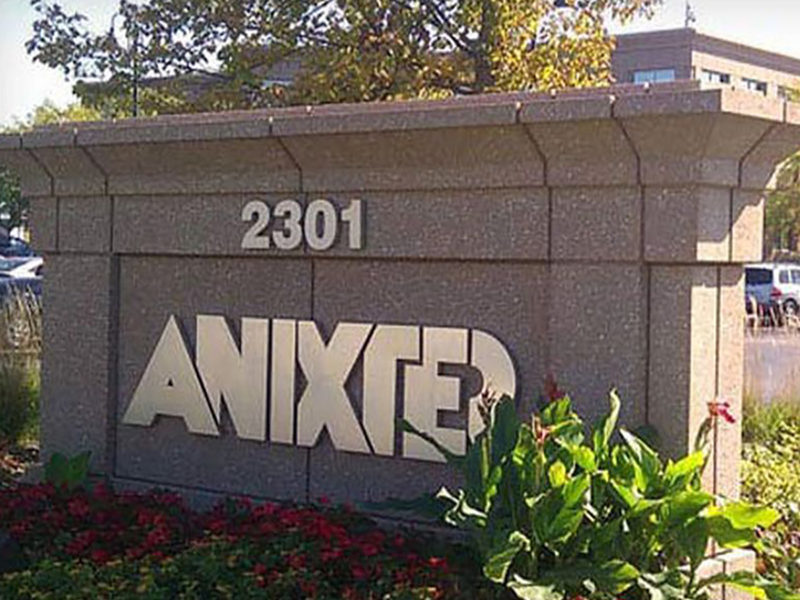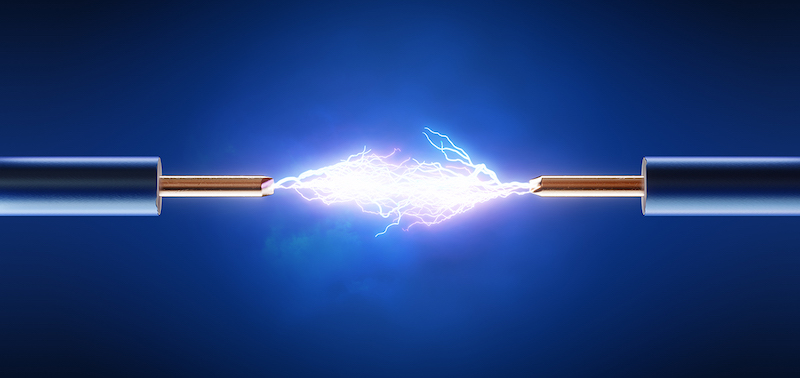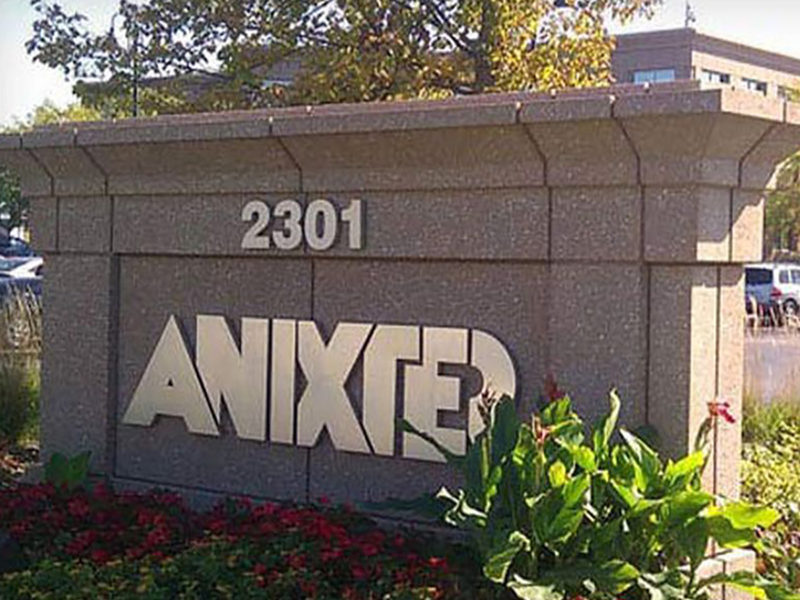To continue reading this article you must be a paid subscriber.
Subscribe to MDMAlready Subscribed? Click here to log-in | Forgot your password?
Related Posts
-
WESCO International Inc.’s $4.5 billion acquisition of Anixter International Inc. will have repercussions across all…
-
The largest B2B distribution M&A deal finalized Monday, and it is going to have a…
-
WESCO struck a deal to acquire Anixter in January, a transaction estimated at $4.5 billion.





